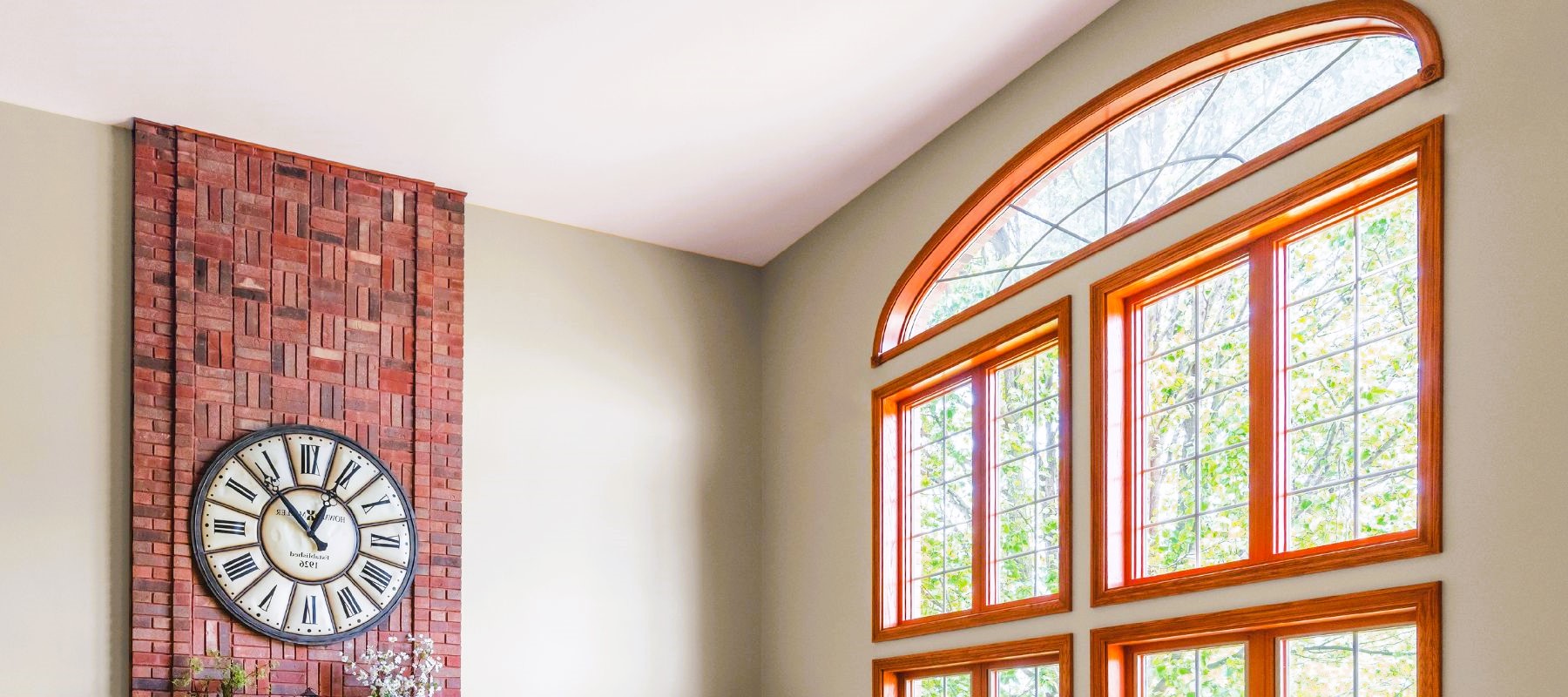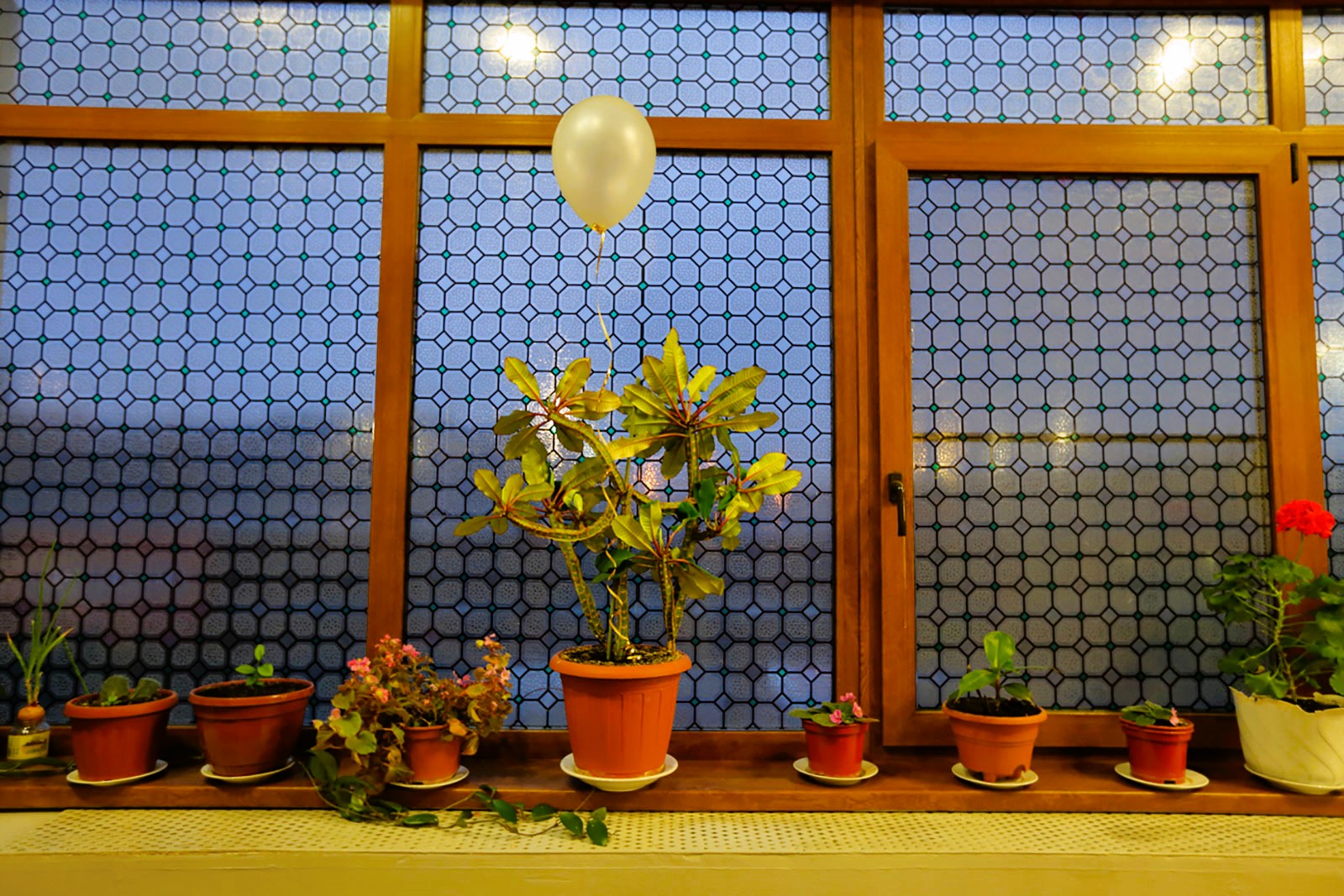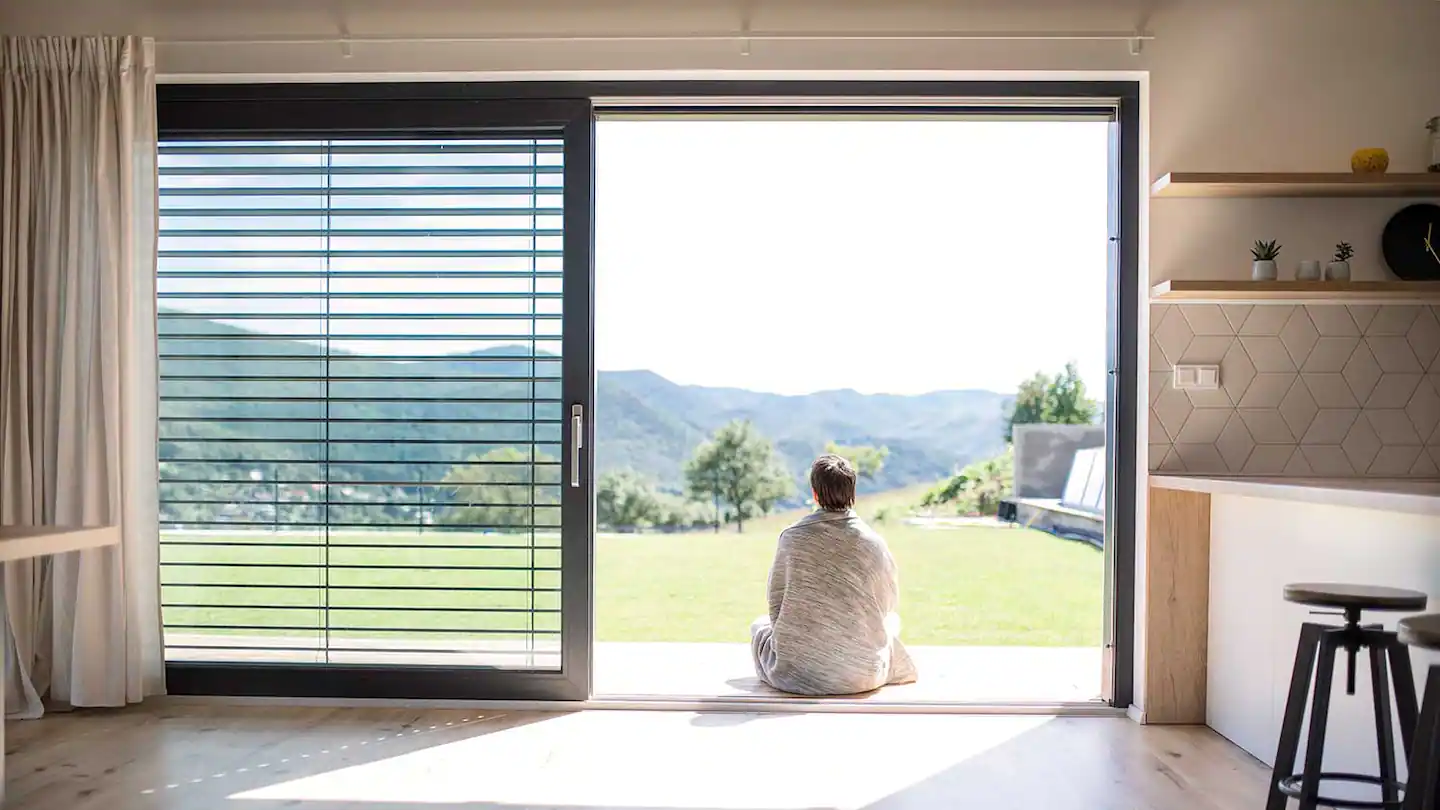Windows are not just functional openings in our homes; they are architectural elements that contribute significantly to the overall aesthetics and style of a space. Window grilles and mullions are two design features that can enhance the beauty and character of windows. In this comprehensive guide, we will explore the world of window grilles and mullions, their history, functions, and how they can be used to add charm and style to your home.
Understanding Window Grilles and Mullions
Before we delve into the details, let’s clarify what window grilles and mullions are:
- Window Grilles: Grilles, also known as muntins or grids, are the decorative patterns that divide a window’s glass into smaller sections or panes. They are often made of wood, metal, or synthetic materials and can be either on the exterior or interior of the window.
- Mullions: Mullions are vertical or horizontal dividers that provide structural support to windows. They can separate individual windows within a multi-window assembly or divide a single window into smaller sections. Mullions are typically made of the same material as the window frame.
The Historical Significance of Window Grilles and Mullions
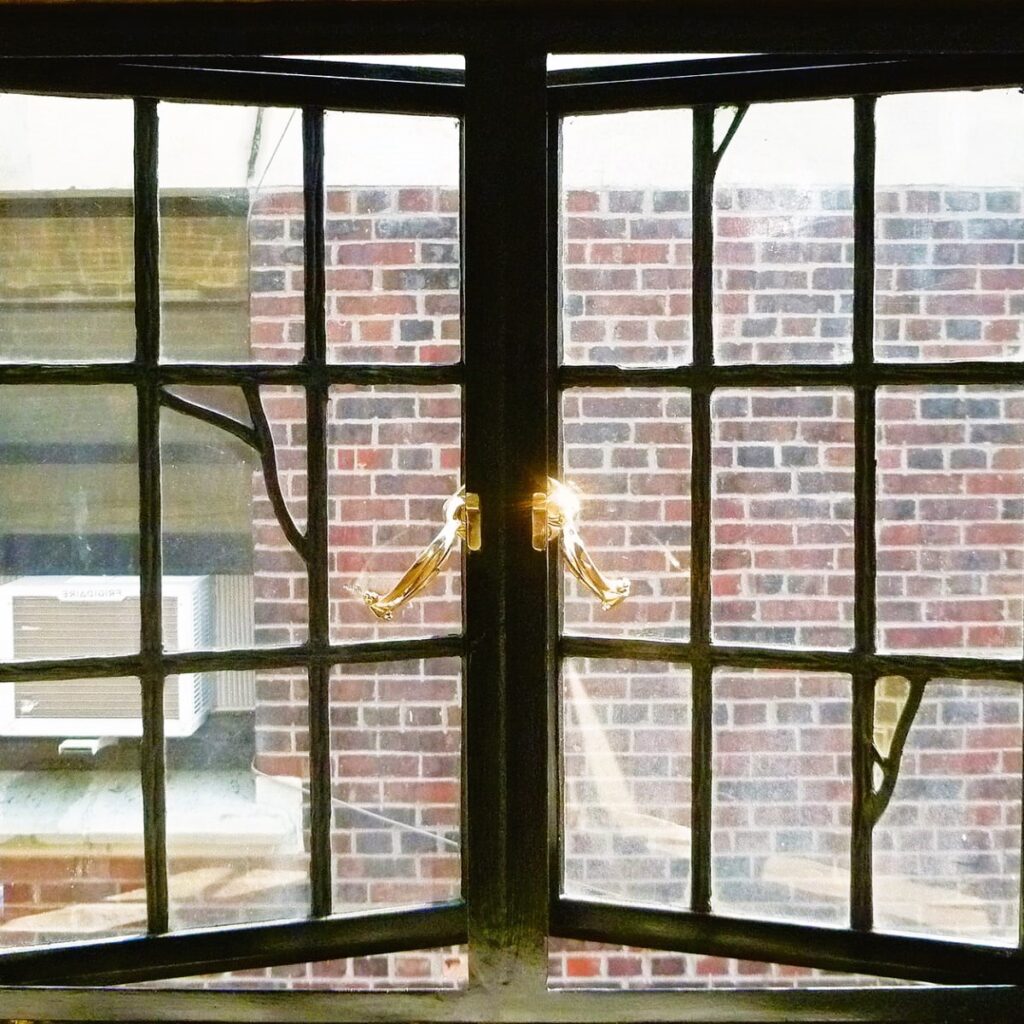
The use of window grilles and mullions dates back centuries and is deeply rooted in architectural history. These features have played both functional and decorative roles in various architectural styles.
1. Functionality in Early Architecture
In medieval and Renaissance architecture, window grilles and mullions served functional purposes. They were used to support the weight of larger windows and glass panes. During this period, glass manufacturing was limited, and smaller pieces of glass were more readily available, making grilles and mullions necessary to create larger window openings.
2. Decorative Elements in Traditional Styles
As architectural styles evolved, window grilles and mullions became ornamental features. In Gothic and Tudor architecture, intricate grille designs added visual interest to windows. In Georgian and Colonial Revival styles, mullions and grilles were used to create a sense of symmetry and proportion. Why fiberglass windows are gaining popularity, read more here.
Modern Applications of Window Grilles and Mullions
Today, window grilles and mullions continue to play a significant role in architecture and design. While they are no longer strictly necessary for structural support, they offer several benefits:
1. Architectural Character
Window grilles and mullions add character and style to a home’s exterior and interior. They can enhance the curb appeal of a house and create visual interest in interior spaces.
2. Design Versatility
These features are versatile and can be customized to suit various architectural styles. Whether you prefer a traditional, colonial look or a more modern and minimalistic design, grilles and mullions can be tailored to your preferences.
3. Energy Efficiency
In some cases, grilles and mullions can improve energy efficiency. They can create additional layers of insulation, reducing heat transfer and contributing to better climate control within your home.
Installation and Maintenance Tips
If you’re considering adding or updating window grilles and mullions in your home, here are some essential tips to keep in mind:
1. Professional Installation
For best results, consider professional installation. Experienced installers can ensure that grilles and mullions are securely attached and aligned correctly, maintaining both functionality and aesthetics.
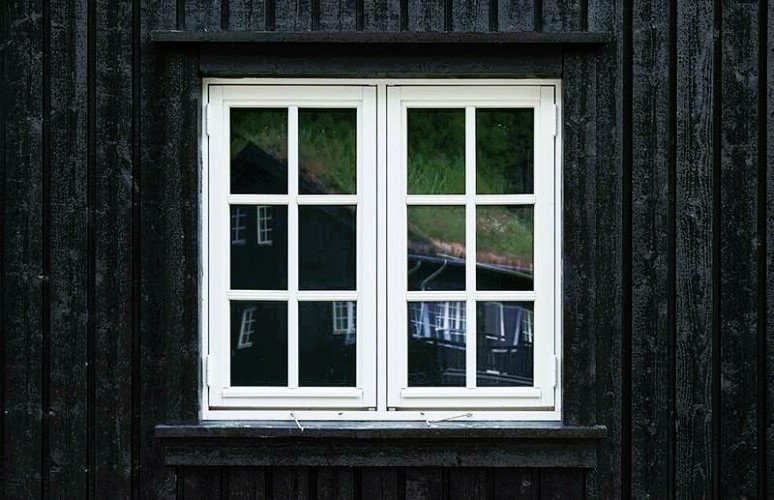
2. Regular Maintenance
Proper maintenance is essential to keep grilles and mullions looking their best. Regular cleaning and inspections can help prevent issues like rust or rot and extend the lifespan of these features.
3. Material Selection
Choose materials that align with your architectural style and climate conditions. Common materials for grilles and mullions include wood, aluminum, vinyl, and fiberglass. Each material has its advantages and considerations.
Conclusion
Window grilles and mullions are not just functional components of windows; they are design elements that can transform the appearance and character of your home. Whether you aim to enhance the exterior curb appeal or create a cozy, traditional interior, grilles and mullions offer versatility and style. When considering their addition or replacement, consult with design professionals and installers to ensure that your choices align with your architectural vision and functional requirements.
For more information on window design and architectural elements, visit Canada.ca. When incorporating window grilles and mullions into your home’s design, work with experts who can help you achieve your desired aesthetic and functional goals.

